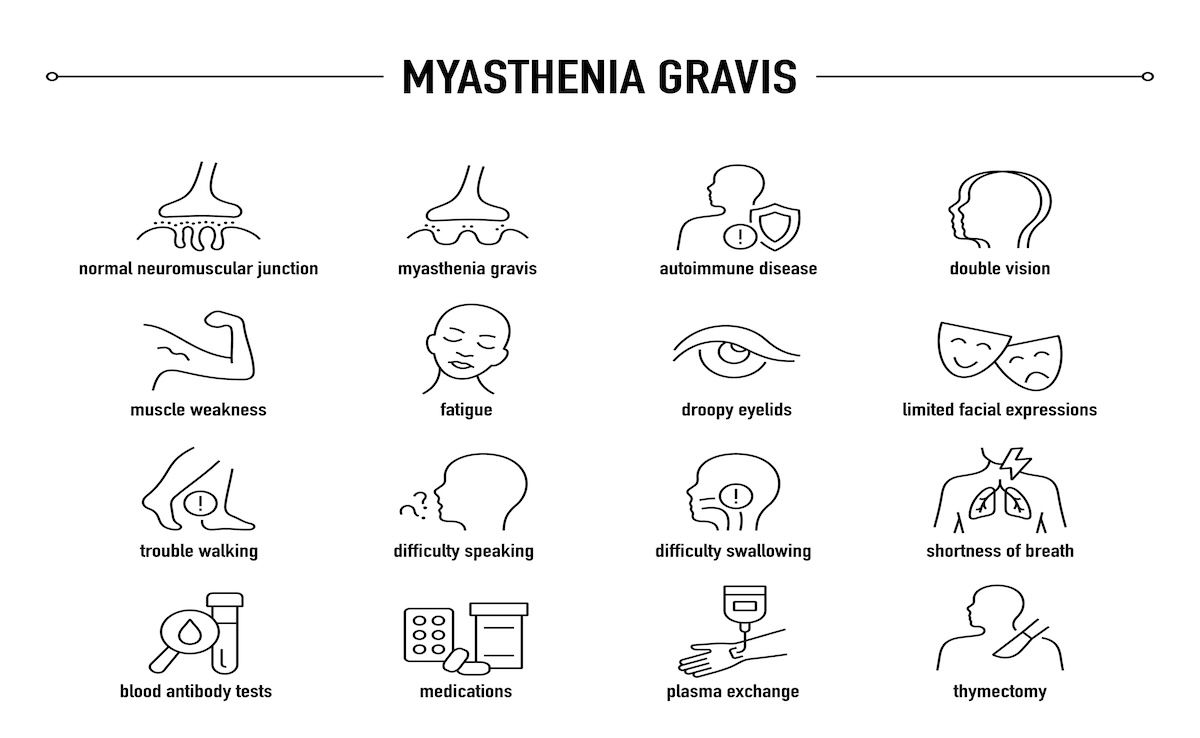Commentary
Video
Steps to Strengthen Patient Representation in Managed Care Decision-Making: Kimberly Westrich, MA
Author(s):
Kimberly Westrich, MA, chief strategy officer at the National Pharmaceutical Council, discusses the importance of clearly defining the role of patient representatives on pharmacy-and-therapeutics and Medicaid committees.
New Centers for Medicare & Medicaid Services (CMS) rules requiring patient representation on pharmacy-and-therapeutics (P&T) and Medicaid committees mark important progress, but their success hinges on thoughtful implementation, said Kimberly Westrich, MA, chief strategy officer at the National Pharmaceutical Council.
This transcript was lightly edited; captions were auto-generated.
Transcript
Do you believe the new CMS regulations on patient representation will be sufficient in guiding an approach to clinical decision-making that reflects a diverse range of patient needs?
I think they're a great first step. As with any policy, whether or not they're successful is going to depend on implementation. Why is it a great first step? We absolutely want to have the patient voice as part of managed care decision-making, and CMS has introduced rules that will require a patient representative on P&T committees for certain plans and require patient representation on some Medicaid committees. So that's a real positive. We want that to happen. Why is this challenging? This is challenging for a lot of reasons. Finding patients who are not only knowledgeable about their lived disease experience, right? That's what's so great about the patient voice. They know what's happening in the real world with their disease, with their experience, the cost and access challenges they face. However, it can be challenging to find patients who feel empowered to speak up in a room that's filled with clinical experts, patients that feel knowledgeable enough to represent the type of experience that we're asking them to represent as the patient P&T representative.
What can you do to help this be more successful? There's a few things we can do. The first is to clarify the role of the patient representative. This is a challenging thing to do, as I mentioned. To the extent that we can be very clear about the role that the patient is expected to fulfill on the committee, what they're expected to contribute, and to help them feel empowered to contribute in that way, that helps set the patient up for success. So that's number 1, clarifying the role of the patient representative.
The second thing that we can do to help set the system up for success is bringing payers up to speed on how they can work with patients. P&T committees are used to working in a certain way with a certain type of data, and they may not be as familiar with working with patients. To the extent that we can help train both patients on working with P&T committees and P&T committees on working with patients, that will help set them up for success. That's the second thing, helping bring payers up to speed.
And then the third thing that we can do to help this policy be successful is to build systems that are supporting this type of patient-centered input, and that includes things like laying out what are the qualifications, what types of engagement standards are necessary, and what type of structure will support and enable this type of participation. So those are my thoughts. Is this sufficient? No. It's a necessary step, and the things that we can do to help this policy implementation be successful are helping set patients up for success, helping to set payers up for success, and building a structure that enables the collaboration of both payers and patients.




